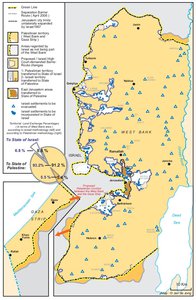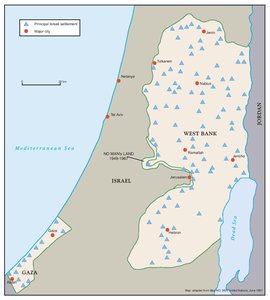THE 1991 MADRID PEACE CONFERENCE & ISRAELI SETTLEMENTS
Map Details
On 15 November 1988, the PNC - meeting in Algiers - adopted a resolution accepting the principle of a twostate- solution to the Palestine-Israel conflict. Fulfilling long-standing US preconditions for recognition, the Palestinian leadership-in-exile acknowledged Israel’s right to exist and - in December - renounced all forms of terrorism, while unconditionally accepting UNSC Res.s 242 and 338. In doing so it gave up any claim to the 78% of Mandate Palestine conquered and depopulated in the 1947-1948 War and limited its demands to the 22% of Palestine made up of the OPT. The outgoing Reagan Administration responded by immediately opening dialogue with the PLO in Tunis. While encouraged by the Palestinian position, the US was disturbed by the daily news footage of “savage Israeli beatings of Palestinian youngsters,” which it knew could easily ignite regional radicalism. The UN had described Israel’s strong-hand measures against the Intifada as, “a grave subject of concern for the international community,” and in May 1989, Secretary of State Baker urged Israel to “lay aside the unrealistic vision of Greater Israel ... forswear annexation, stop settlement activity [and]... reach out to the Palestinians as neighbors who deserve political rights.” Reviving the stillborn Camp David ‘autonomy’ framework, the Bush Administration placed unprecedented pressure on Israel’s extreme-right government. Prime Minister Shamir had come to power in 1988, pledging, “not [to] give land in return for peace,” and “to strengthen settlement, to broaden and develop it.” His government, which included advocates of mass-expulsion of ‘non-Jews’, snubbed all US pressure and infuriated Baker: “I can only say; ‘take this number: 202 456 1414 [the White House switchboard]. When you’re serious about peace, call us.’” In October 1990, Israeli forces massacred 21 Muslim worshippers at Al-Haram Ash-Sharif in Jerusalem, incurring worldwide and UNSC condemnation. But despite the increased pressure, Israel rejected US demands that it engage in talks with freely chosen Palestinian representatives and instead pursued its increasingly brutal attempt to suppress the popular uprising. The PLO’s misguided attempt to elevate international engagement by demanding ‘linkage’ between the occupation of Palestine and Iraq’s 1990-1991 occupation of Kuwait cost it the diplomatic advantage it had gained as a result of Israel’s belligerence. In the wake of the Gulf War, the US was able to limit the enhumbled PLO’s role in proposed talks and thus increase its pressure on Israel. By assuring Prime Minister Shamir that no PLO representatives would be involved and then threatening to withhold a $10 billion loan guarantee by which Israel planned to absorb Russian immigrants - partly through settlement construction - the US finally coaxed the Israelis to talks. The Madrid Middle East Peace Talks convened on 30 October 1991 under the guidance of US Secretary of State Baker and with the symbolic co-sponsorship of the Soviet Union. The basis of the talks was UNSC Res.s 242 and 338, embodying the formula of land-for-peace. Due to stubborn Israeli insistence and the PLO’s Gulf War error, the non-PLO Palestinian delegates were further limited to non-Jerusalemites from inside the OPT. Gaza physician Haidar Abdel Shafi led the Palestinian delegation, telling the assembled that, “[m]utuality and reciprocity must replace domination and hostility for genuine reconciliation and coexistence under international legality.” Madrid saw Israelis and Palestinian leaders enter formal peace talks for the first time. The powerful symbolism of the event was matched by a concerted US drive for Israeli acceptance of the land-for-peace formula, and set in motion a series of multilateral and bilateral talks. Shamir proved unequal to the historic role assigned him and returned from Madrid to inaugurate yet another new settlement in the OPT. Shunned by his right-wing allies, Shamir lost the 1992 elections as he tried to excuse his attendance at Madrid: “I would have continued talks for 10 years and by that time we would have half a million people in Judea, Samaria and Gaza [the OPT],” he promised. By 1991, more than 150 settlements had been established throughout the OPT. With Palestinian building barred in 68% of the OPT, the incoming Rabin government prepared to spend 20% of its national housing budget on settlements. Of the 220,000 settlers, 120,000 were living in East Jerusalem, where three new sites had been started in 1991 alone. As US brokers prepared to build on the land-for-peace formula, the new Labor government stepped up Israel’s campaign to create intractable facts on the ground. Armed with a new master plan (N[ational] M[aster] P[lan] #31) aimed at adding 140,000 settlers over five years, Prime Minister Rabin announced, “[w]e are in control of the territory and we will not move one inch.”
Related Maps
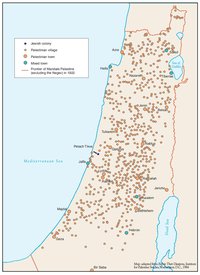
OTTOMAN PALESTINE, 1878
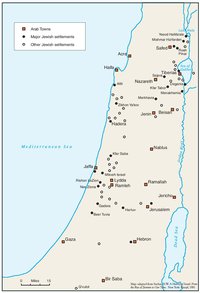
ARAB TOWNS AND JEWISH SETTLEMENTS IN PALESTINE, 1881-1914
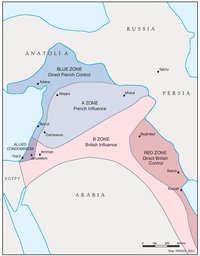
THE SYKES-PICOT AGREEMENT, 1916
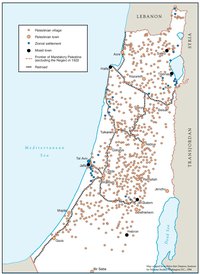
THE BEGINNING OF THE BRITISH MANDATE, 1920
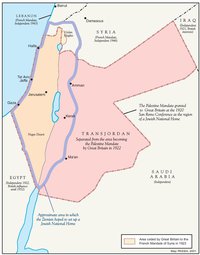
PALESTINE UNDER THE BRITISH MANDATE
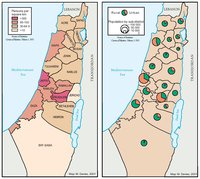
THE DEMOGRAPHY OF PALESTINE, 1931
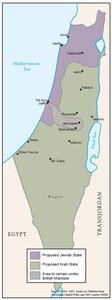
THE PEEL COMMISSION PARTITION PROPOSAL, 1937
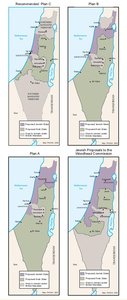
THE WOODHEAD COMMISSION PARTITION PROPOSALS, 1938
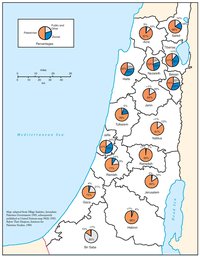
PALESTINIAN AND ZIONIST LANDOWNERSHIP BY SUB-DISTRICT, 1945
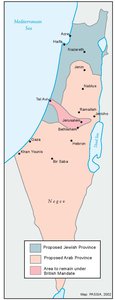
THE MORRISON-GRADY PARTITIONED TRUSTEESHIP PLAN, 1946
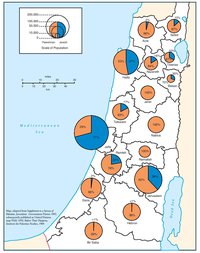
POPULATION OF PALESTINE BY SUB-DISTRICT, 1946
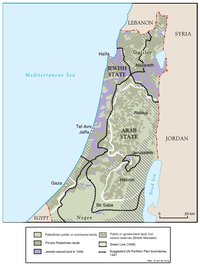
LAND OWNERSHIP IN PALESTINE, 1948
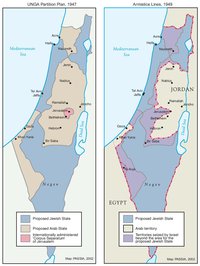
THE UNGA PARTITION PLAN, 1947 – THE 1948 WAR & THE 1949 ARMISTICE LINES
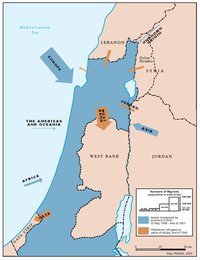
POPULATION MOVEMENTS, 1948-1951
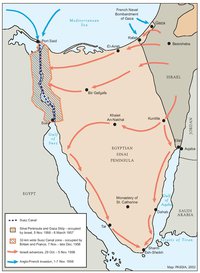
THE SUEZ WAR, 1956
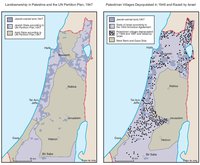
LAND OWNERSHIP IN PALESTINE AND THE UN PARTITION PLAN - PALESTINIAN DEPOPULATED AND DESTROYED VILLAGES, 1948-1949
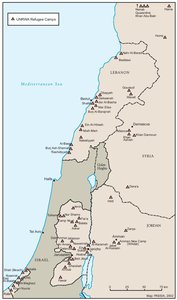
THE PALESTINIAN DIASPORA, 1958
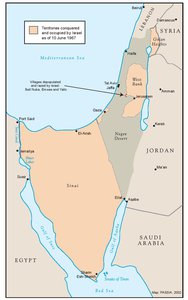
THE NEAR EAST AFTER THE JUNE 1967 WAR
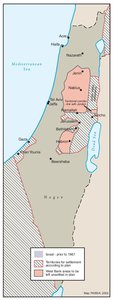
THE ALLON PLAN, JUNE 1967
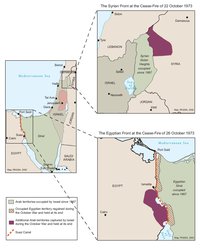
THE OCTOBER WAR, 1973
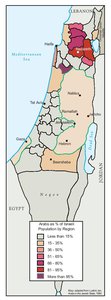
THE PALESTINIANS INSIDE ISRAEL, 1977
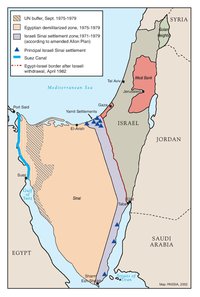
THE CAMP DAVID ACCORDS, 1978-1979
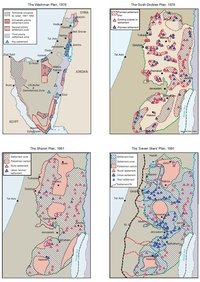
ISRAELI SETTLEMENT MASTER PLANS, 1976-1991
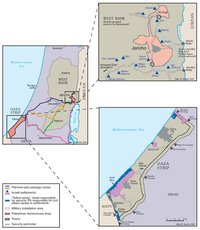
GAZA-JERICHO (OSLO I) AGREEMENT, CAIRO, 4 MAY 1994
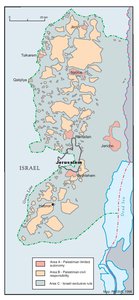
INTERIM (OSLO II) AGREEMENT, TABA, 28 SEPTEMBER 1995
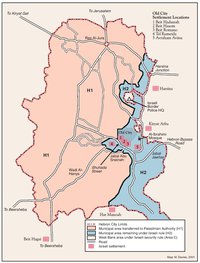
HEBRON PROTOCOL, 15 JANUARY 1997
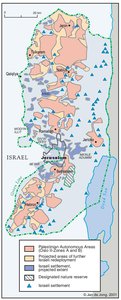
WYE RIVER MEMORANDUM, 23 OCTOBER 1998
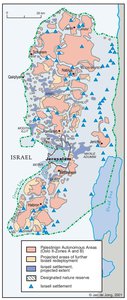
SHARM ESH-SHEIKH AGREEMENT, 4 SEPTEMBER 1999
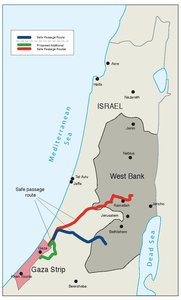
PROTOCOL CONCERNING SAFE PASSAGE BETWEEN THE WEST BANK AND THE GAZA STRIP, 5 OCTOBER 1999
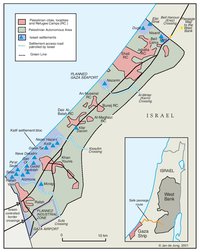
GAZA, 2000
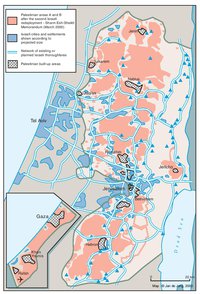
WEST BANK AND GAZA STRIP, MARCH 2000
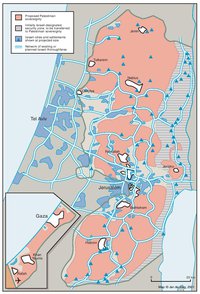
CAMP DAVID PROJECTION, JULY 2000
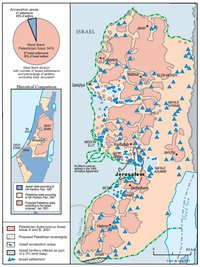
TABA TALKS PROJECTION, JANUARY 2001
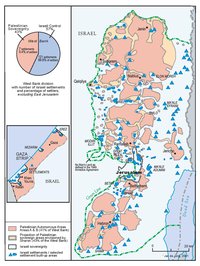
THE SHARON PROPOSAL, SPRING 2001
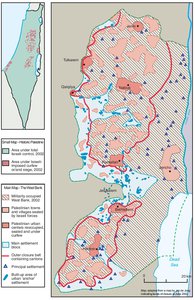
THE REINVASION OF THE PALESTINIAN TERRITORIES, 2001-2002
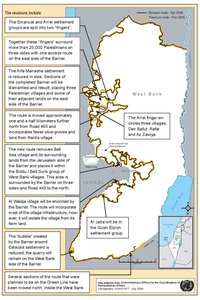
THE ROAD MAP, 2003
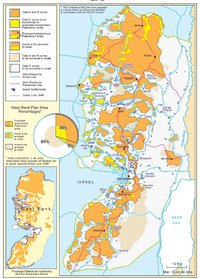
THE GENEVA INITIATIVE AND ACCORD, 2003
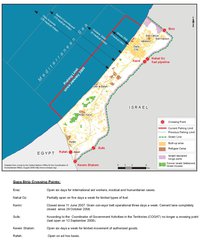
THE ISRAELI DISENGAGEMENT PLAN, 2003-2005
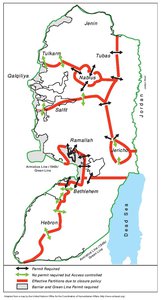
AGREED DOCUMENTS ON MOVEMENT AND ACCESS FROM AND TO GAZA, 2005
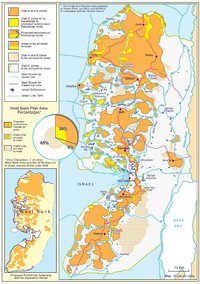
THE SETTLERS' PLAN FOR PALESTINIAN AUTONOMY, 2006
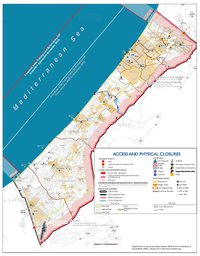
THE GAZA STRIP TODAY (2014)
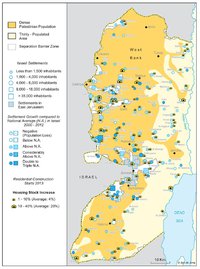
THE WEST BANK TODAY (2014)
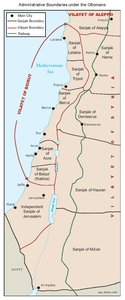
ADMINISTRATIVE BOUNDARIES
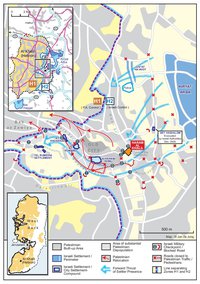
HEBRON
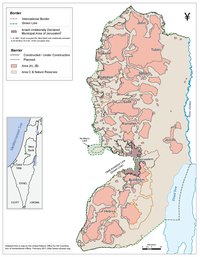
Area C
